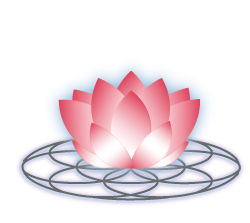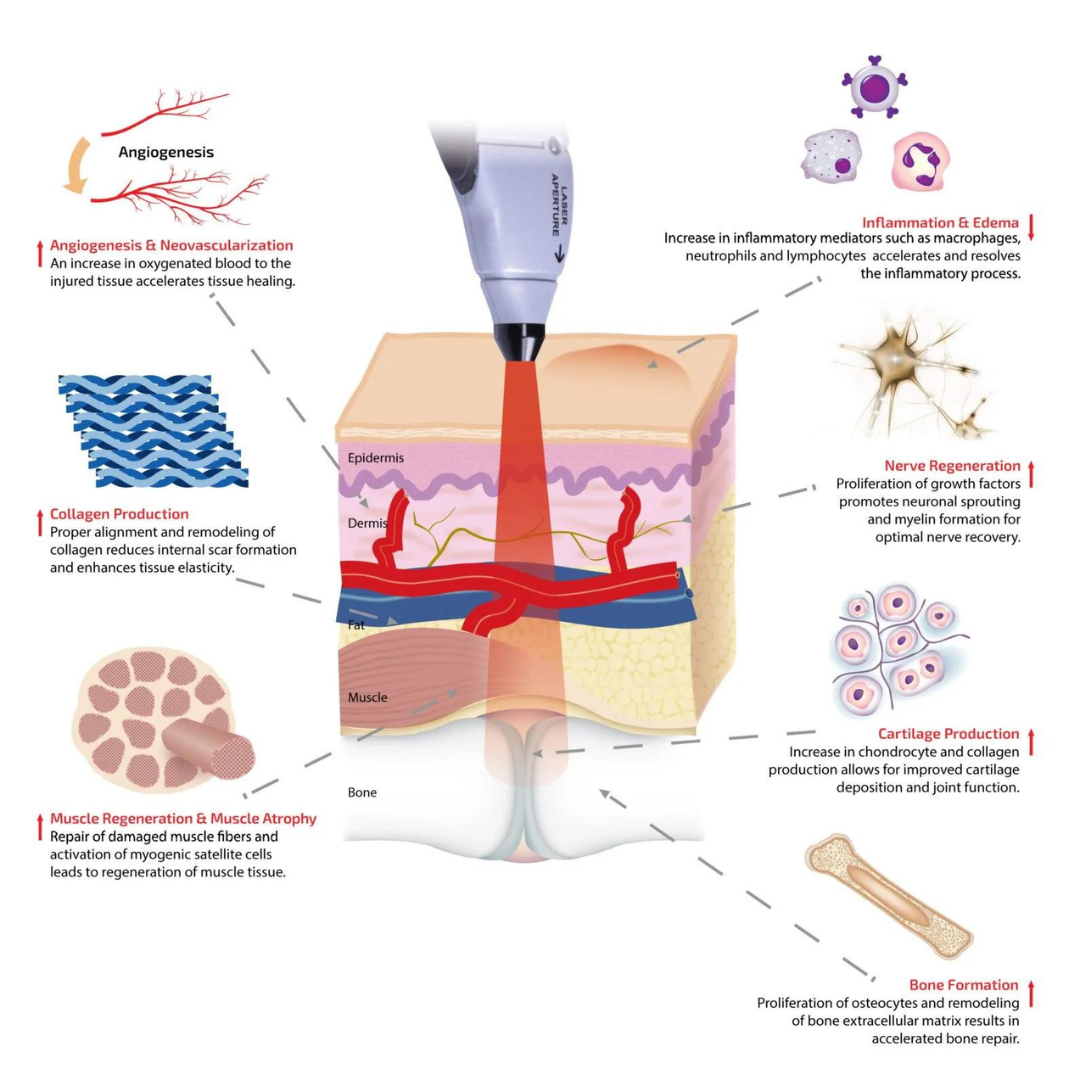Imagine a world where light could heal your brain. It sounds like science fiction, but it’s not. Welcome to the fascinating world of photobiomodulation (PBM), a cutting-edge therapy that’s showing incredible promise in treating brain injuries. Photobiomodulation, also known as low-level light therapy (LLLT), is a form of treatment that uses specific wavelengths of light to penetrate tissues and promote healing. Unlike the ultraviolet (UV) light that can cause skin damage, PBM uses red or near-infrared light, which is safe and non-invasive. This therapy operates on a cellular level, enhancing the cells' ability to repair and regenerate. It is able to do that through its ability to stimulate the mitochondria - the powerhouse of the cell - to produce adenosine triphosphate (ATP), the energy currency of the cell. When the brain is injured, its cells can become energy-starved, and the mitochondria become damaged. PBM helps by increasing ATP production, reducing oxidative stress, and promoting the release of growth factors that aid in cellular repair.
Brain injuries can be devastating, affecting everything from memory and cognition to motor skills and emotional health. Traditional treatments are limited and focus on managing symptoms, but PBM offers a potential pathway to healing. Studies have shown that PBM can reduce inflammation and promote neurogenesis (the growth of new neurons), helping the brain recover more effectively.
Traumatic Brain Injury (TBI)
In cases of TBI, whether from accidents, sports injuries, or falls, the brain suffers physical damage that can lead to long-term impairments. It’s a broad term that is used to describe a wide array of injuries that can happen to the brain.
Stroke
A stroke occurs when blood flow to the brain is interrupted, leading to cell death and loss of function. PBM has been found to improve neuroplasticity—the brain’s ability to reorganize itself by forming new neural connections. This can significantly enhance recovery outcomes for stroke survivors, improving functions like speech and movement.
PBM can be delivered in various ways, including:
Transcranial: Light is applied directly to the scalp using specialized helmets or devices.
Intranasal: Light is delivered through the nasal passage, a method known to reach deeper brain structures.
Each method is designed to ensure optimal penetration and therapeutic effect, depending on the nature and location of the brain injury. In the clinic, you will be experiencing more transcranial applications.
The field of photobiomodulation is still evolving, with ongoing research aimed at fine-tuning protocols and maximizing benefits. With its non-invasive nature, and promising mechanisms of action, it is a therapy to watch as more studies are done, and our understanding grows. There is potential for PBM to become a standard treatment for brain injuries and beyond.
Photobiomodulation represents a beacon of hope in the treatment of brain injuries. Its non-invasive nature, coupled with its potential to promote genuine healing, makes it a compelling option for those seeking alternatives to traditional therapies. While more research is needed to fully unlock its capabilities, the future of PBM shines brightly—illuminating a path toward recovery and better brain health.
~Dr. Charmagne
Related Blogs:
References:
Thunshelle C, Hamblin MR. Transcranial Low-Level Laser (Light) Therapy for Brain Injury. Photomed Laser Surg. 2016 Dec;34(12):587-598. doi: 10.1089/pho.2015.4051. PMID: 28001759; PMCID: PMC5180077.
Jan F, Naeem A, Malik AN, Amjad I, Malik T. Comparison of low-level laser therapy and interferential current on post-stroke shoulder pain. J Pak Med Assoc. 2017 May;67(5):788-789. PMID: 28507373.
Lim L. Traumatic Brain Injury Recovery with Photobiomodulation: Cellular Mechanisms, Clinical Evidence, and Future Potential. Cells. 2024 Feb 23;13(5):385. doi: 10.3390/cells13050385. PMID: 38474349; PMCID: PMC10931349.
Ma H, Du Y, Xie D, Wei ZZ, Pan Y, Zhang Y. Recent advances in light energy biotherapeutic strategies with photobiomodulation on central nervous system disorders. Brain Res. 2024 Jan 1;1822:148615. doi: 10.1016/j.brainres.2023.148615. Epub 2023 Oct 14. PMID: 37783261.
Hamblin MR. Shining light on the head: Photobiomodulation for brain disorders. BBA Clin. 2016 Oct 1;6:113-124. doi: 10.1016/j.bbacli.2016.09.002. PMID: 27752476; PMCID: PMC5066074.
Thunshelle C, Hamblin MR. Transcranial Low-Level Laser (Light) Therapy for Brain Injury. Photomed Laser Surg. 2016 Dec;34(12):587-598. doi: 10.1089/pho.2015.4051. PMID: 28001759; PMCID: PMC5180077.




